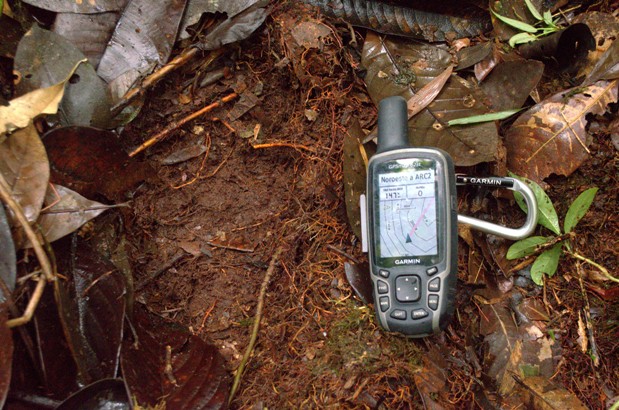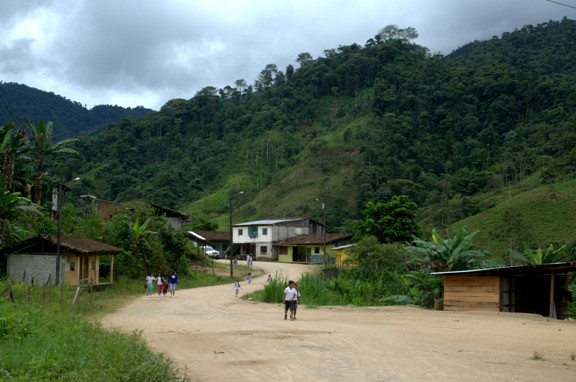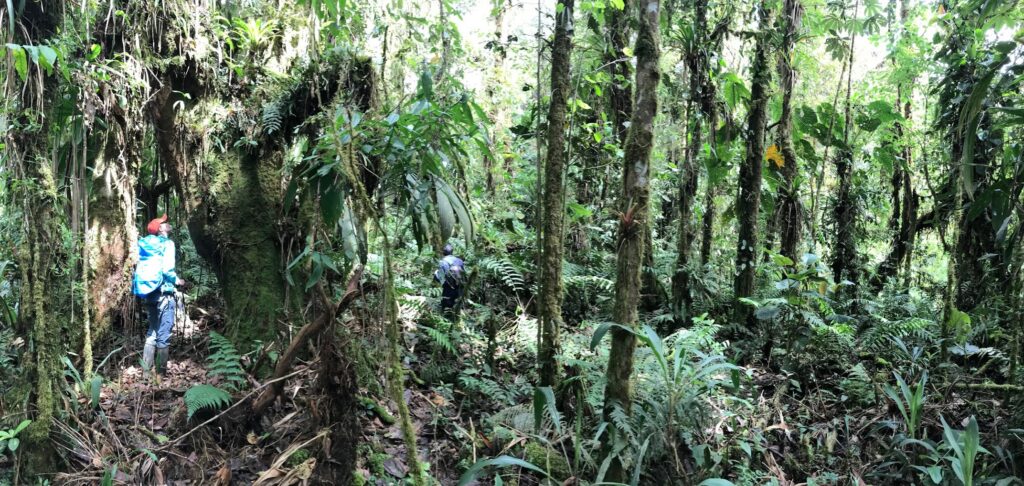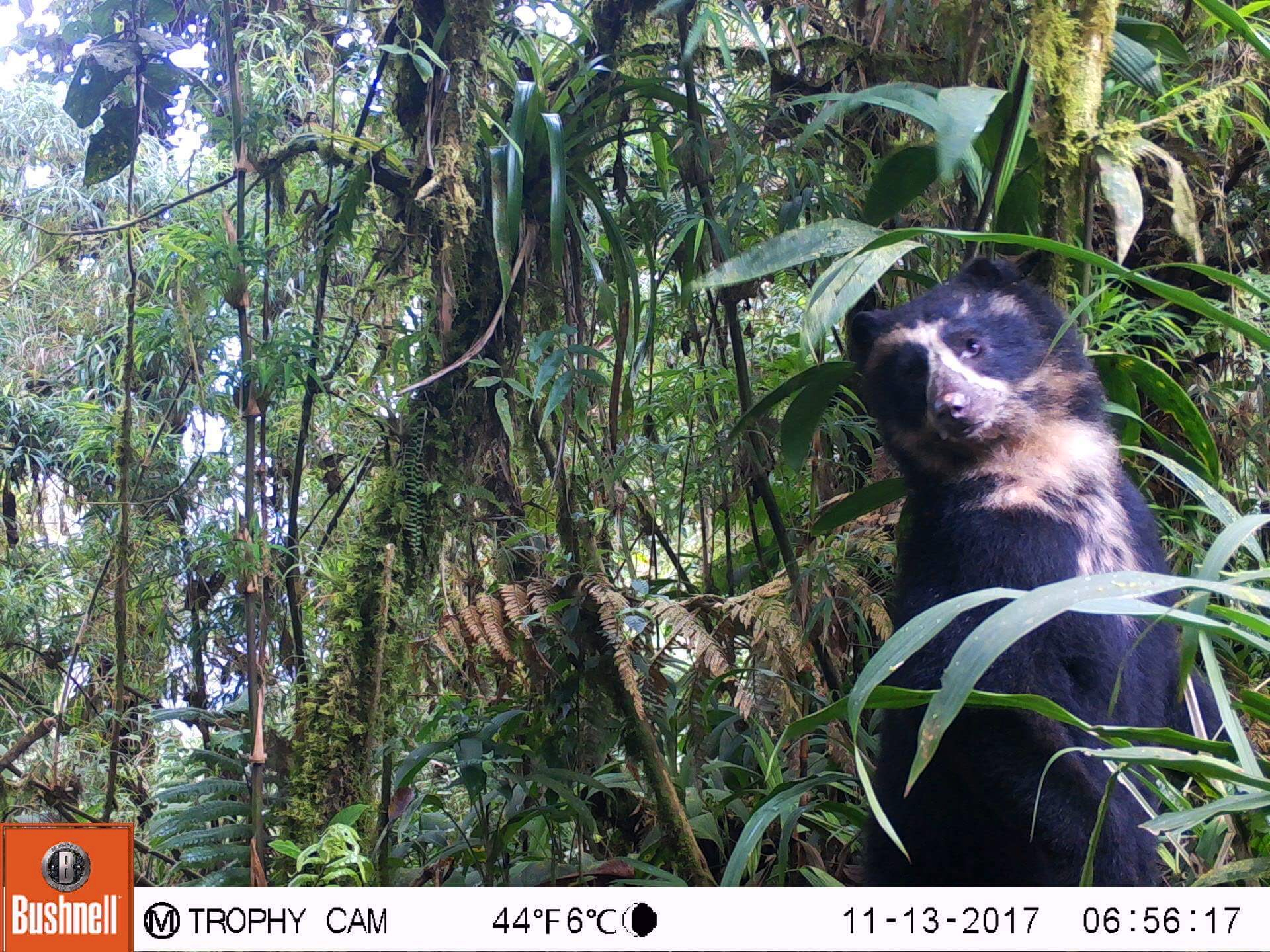During a pilot project in 2012-2013, the research team used remote video cameras to study marking behavior of Andean bears near the Sumaco Biosphere reserve in Ecuador. Besides interesting preliminary results, they identified several key-research needs for the management and conservation of Andean bears.
I) The functional significance of marking behavior of Andean bears remains unclear.
II) Local population density estimates are usually unknown.
III) Virtually nothing is known about the spatial attributes of marking sites, habitat use related to them, and the role of their spatial distribution in human-bear conflict.
The title of the research project is:
“Marking behavior, population density estimates, and terrain use of Andean bears (Tremarctos ornatus) – generating knowledge for the conservation of a threatened umbrella species”
Here, the team proposes to investigate those three key research-needs using remote camera trapping and GPS mapping of bear sign data and travel networks in two study populations in Ecuador (Province Napo, Province Zamora Chinchipe) between 2016-2020. In addition, they aim to establish a biological sample database with Andean bear faecal and hair samples. Such databases have become extremely important for both local and large-scaled research purposes (e.g., population genetic research, stable isotope analyses, landscape genetics), and stimulate collaborations between different research groups. Advancing our general knowledge of the general ecology of Andean bears is crucial for the effective conservation and management of the species, as well as for species associated with them.





Partner:
Andean Bear Conservation Ecuador


